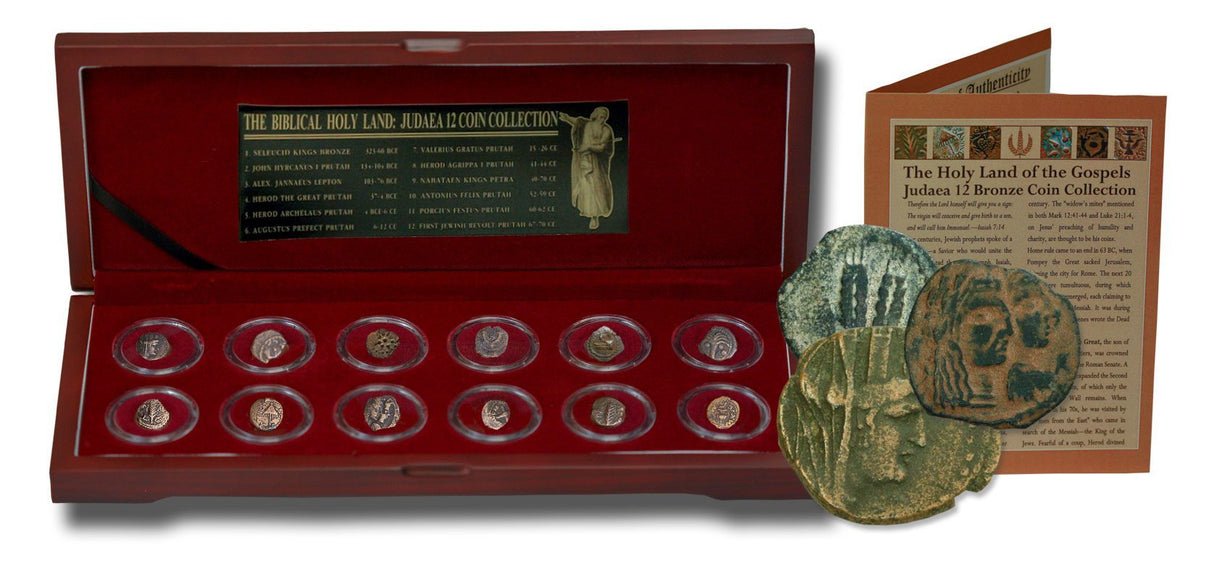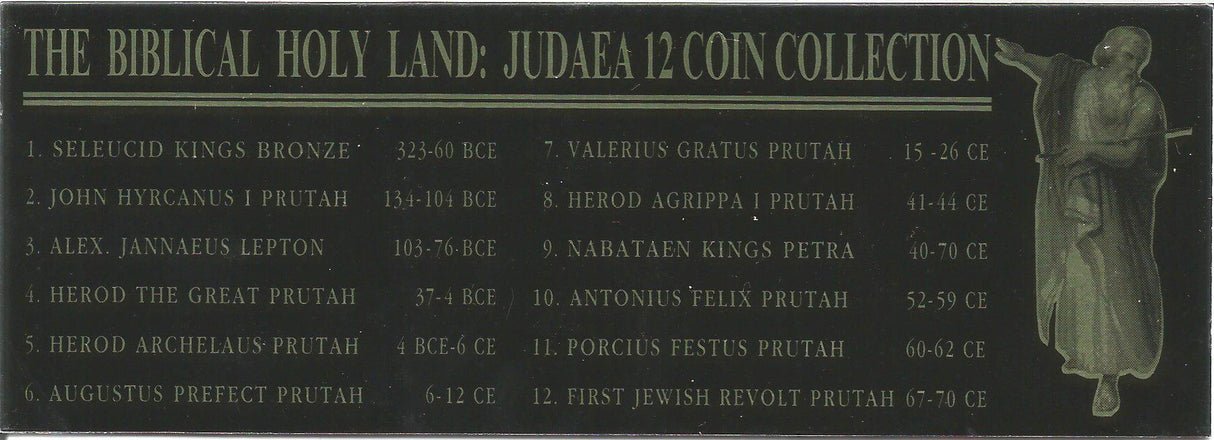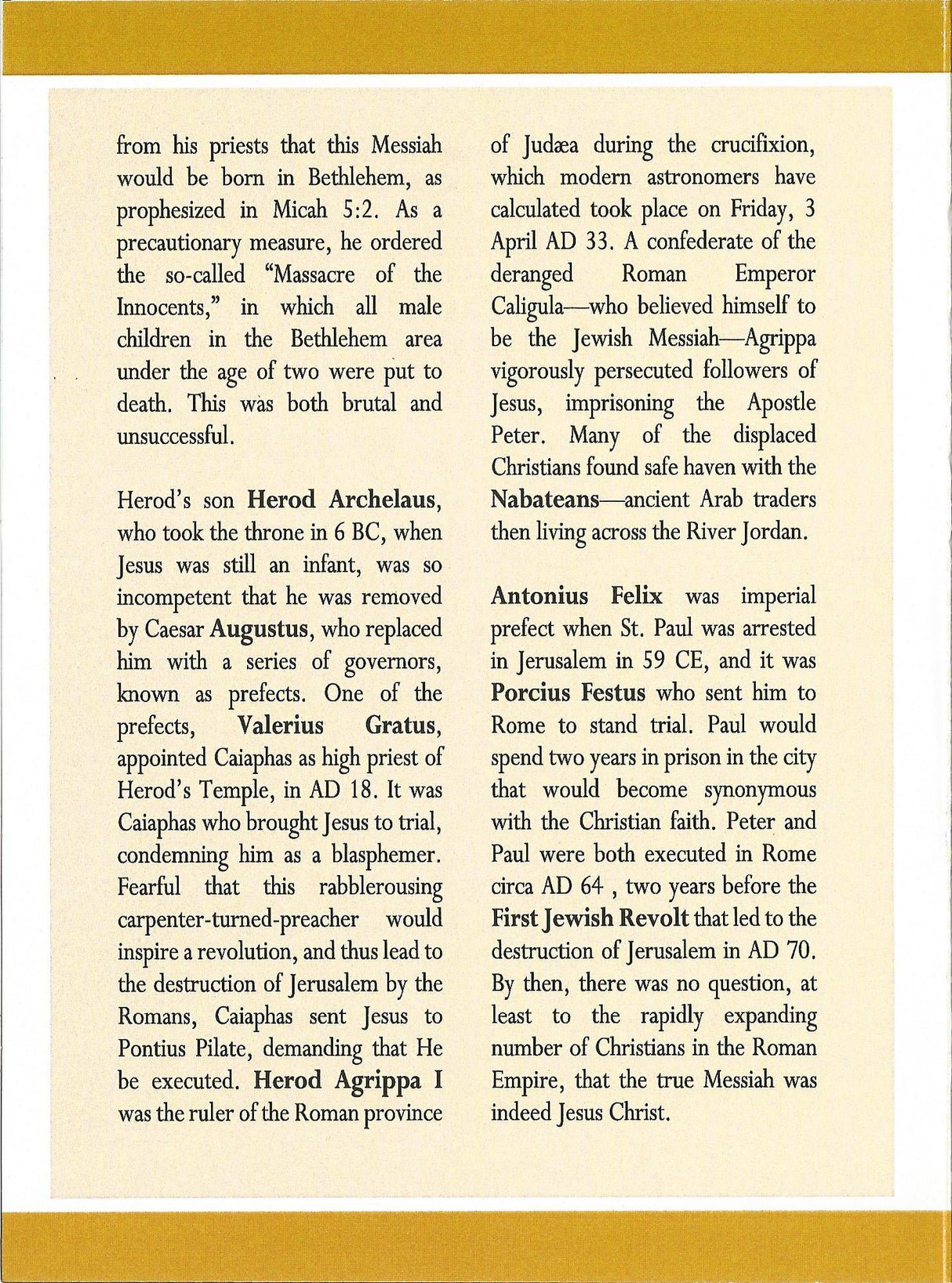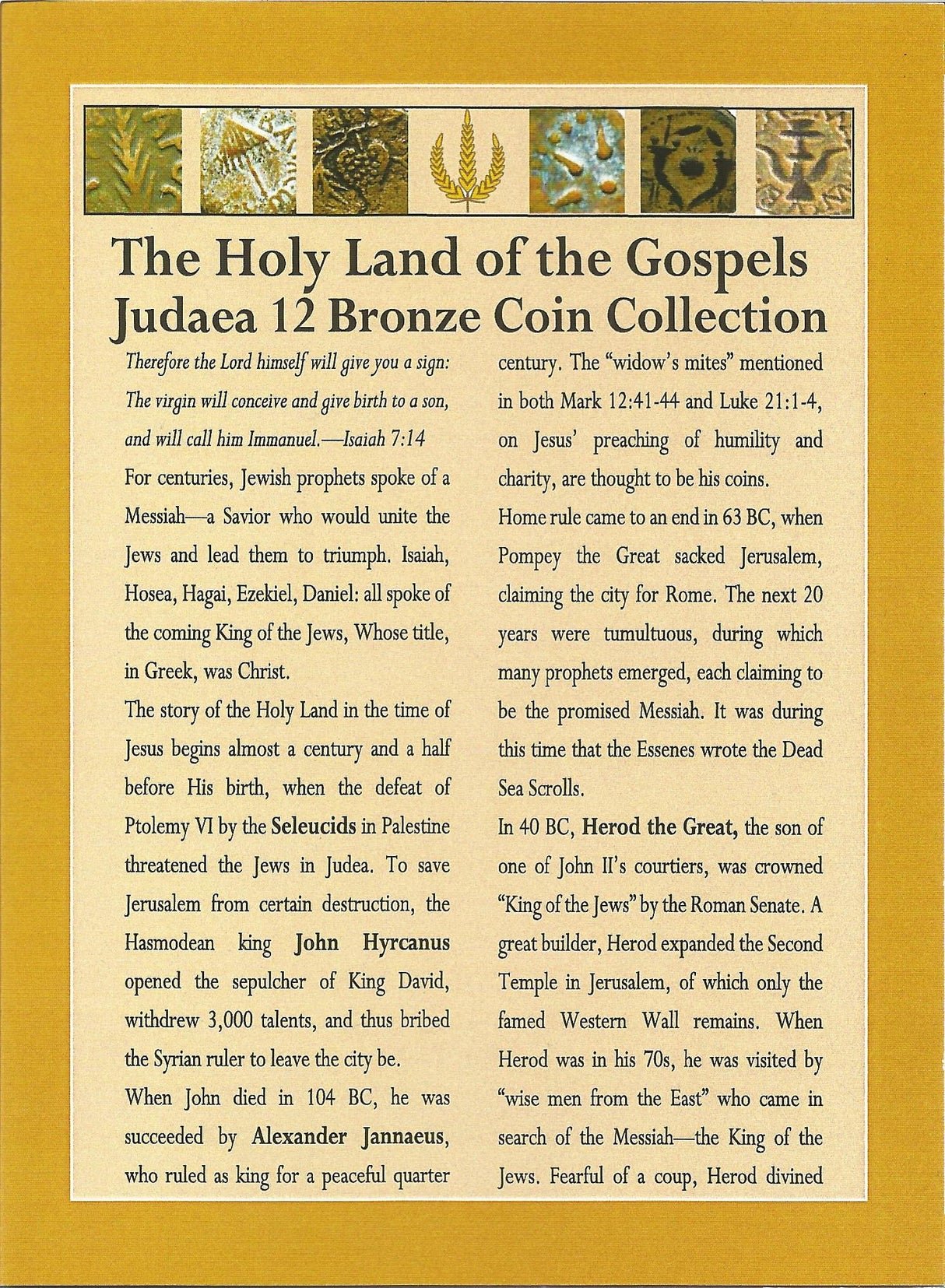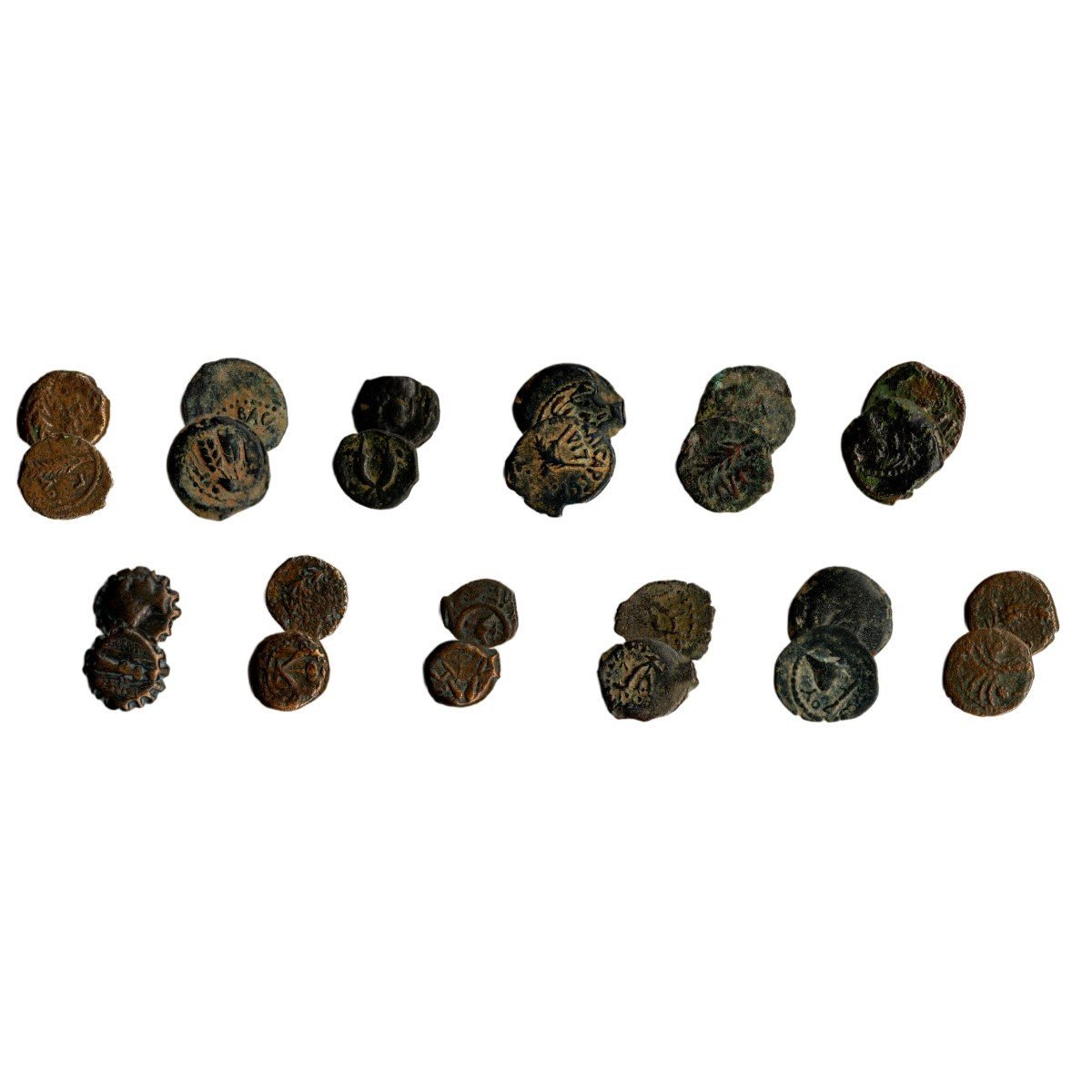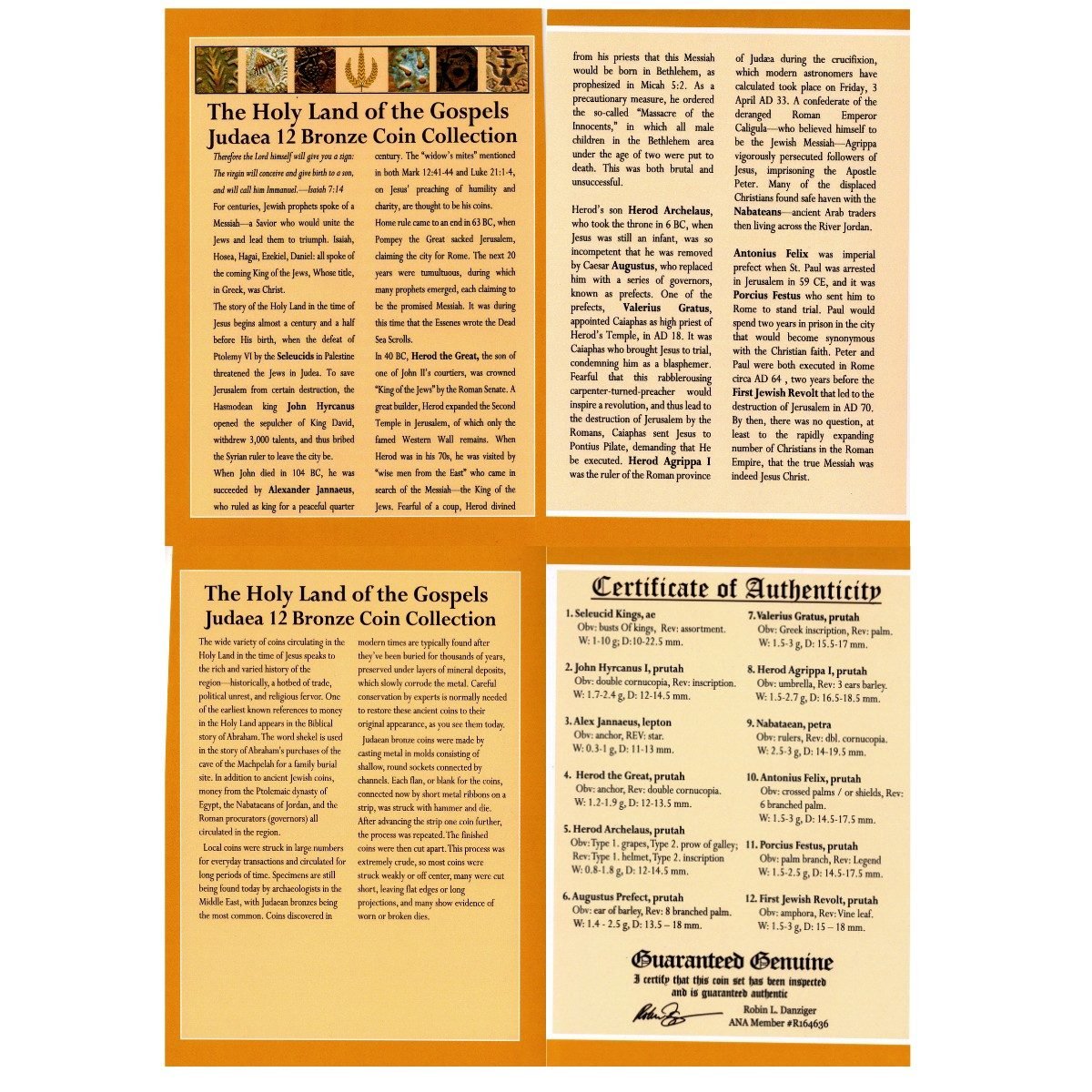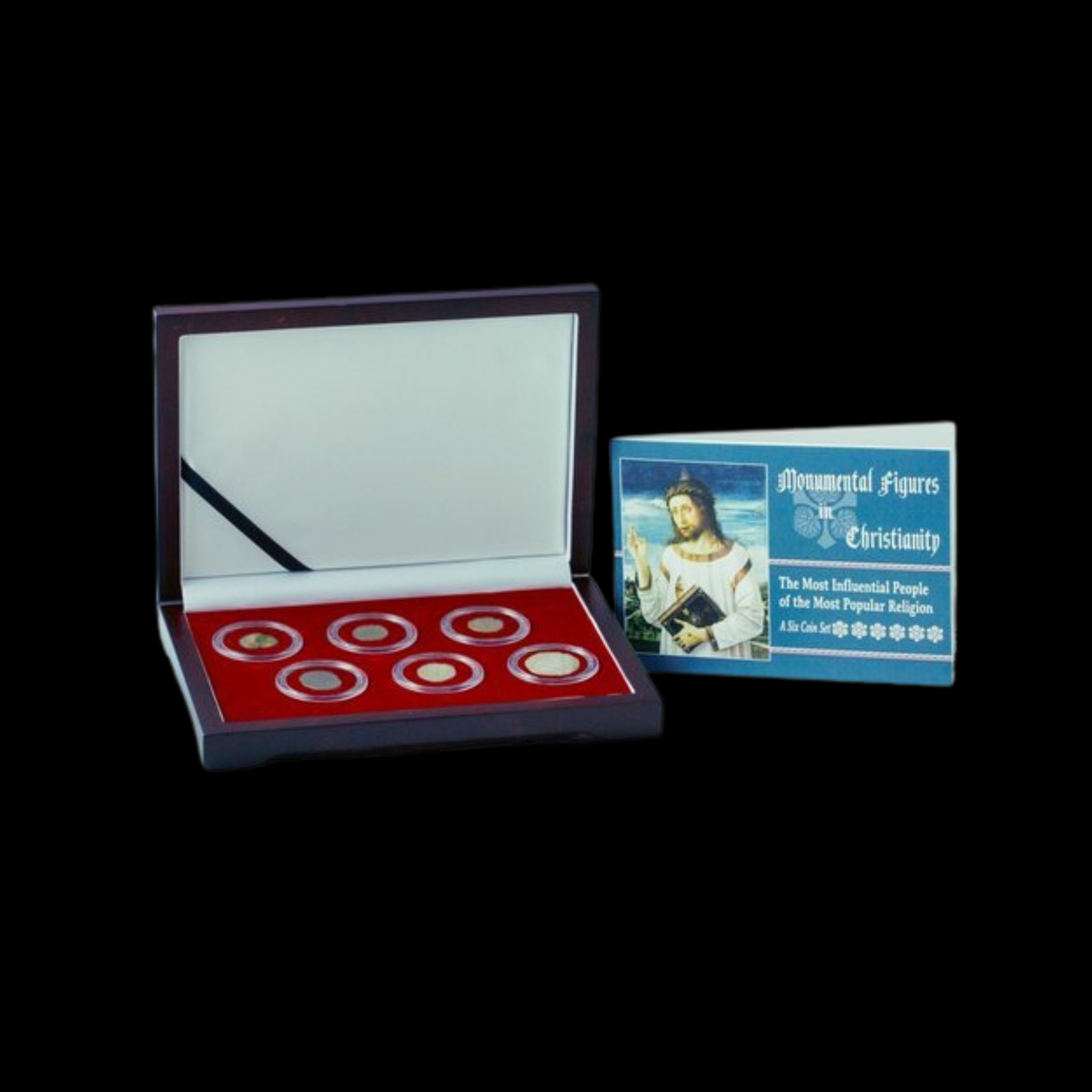 Image 1 of 7
Image 1 of 7

 Image 2 of 7
Image 2 of 7

 Image 3 of 7
Image 3 of 7

 Image 4 of 7
Image 4 of 7

 Image 5 of 7
Image 5 of 7

 Image 6 of 7
Image 6 of 7

 Image 7 of 7
Image 7 of 7








Judaea AE Maccabean (Biblical Widow's Mite) Prutah (about 2,155-2,060 years ago)
This small bronze coin is commonly referred to as the "Widow's Mite" based on the New Testament story where Jesus praises a poor widow who donated two small coins (lepta or prutot), representing all she had. These humble coins were the lowest denomination in circulation in Judaea during the Hasmonean period, primarily used by common people for everyday transactions.
Coin Description:
Front side: Likely features Jewish symbols such as an anchor, cornucopia, lily, or palm branch, depending on the specific ruler's design
Back side: Hebrew inscription within a wreath or border, typically identifying the ruling Hasmonean leader
Technical Details:
Bronze composition
Prutah denomination (smallest coin in the Judaean monetary system)
NGC certified (Numismatic Guaranty Corporation)
Reference number: MACCABEAN (CV)
Minted between 135-37 BCE during the Hasmonean Dynasty
Condition: Certified by NGC, specific grade not provided
Historical Significance: This coin represents both the political independence of Judaea after the Maccabean Revolt and everyday economic life during the Second Temple Period. Known as the "Widow's Mite" from the Gospel accounts, these humble coins illustrate the economic reality of common people in ancient Judaea. The Hasmonean dynasty that produced these coins established Jewish autonomy after overthrowing Seleucid rule, maintaining independence until Roman conquest under Pompey in 63 BCE.
This small bronze coin is commonly referred to as the "Widow's Mite" based on the New Testament story where Jesus praises a poor widow who donated two small coins (lepta or prutot), representing all she had. These humble coins were the lowest denomination in circulation in Judaea during the Hasmonean period, primarily used by common people for everyday transactions.
Coin Description:
Front side: Likely features Jewish symbols such as an anchor, cornucopia, lily, or palm branch, depending on the specific ruler's design
Back side: Hebrew inscription within a wreath or border, typically identifying the ruling Hasmonean leader
Technical Details:
Bronze composition
Prutah denomination (smallest coin in the Judaean monetary system)
NGC certified (Numismatic Guaranty Corporation)
Reference number: MACCABEAN (CV)
Minted between 135-37 BCE during the Hasmonean Dynasty
Condition: Certified by NGC, specific grade not provided
Historical Significance: This coin represents both the political independence of Judaea after the Maccabean Revolt and everyday economic life during the Second Temple Period. Known as the "Widow's Mite" from the Gospel accounts, these humble coins illustrate the economic reality of common people in ancient Judaea. The Hasmonean dynasty that produced these coins established Jewish autonomy after overthrowing Seleucid rule, maintaining independence until Roman conquest under Pompey in 63 BCE.
This small bronze coin is commonly referred to as the "Widow's Mite" based on the New Testament story where Jesus praises a poor widow who donated two small coins (lepta or prutot), representing all she had. These humble coins were the lowest denomination in circulation in Judaea during the Hasmonean period, primarily used by common people for everyday transactions.
Coin Description:
Front side: Likely features Jewish symbols such as an anchor, cornucopia, lily, or palm branch, depending on the specific ruler's design
Back side: Hebrew inscription within a wreath or border, typically identifying the ruling Hasmonean leader
Technical Details:
Bronze composition
Prutah denomination (smallest coin in the Judaean monetary system)
NGC certified (Numismatic Guaranty Corporation)
Reference number: MACCABEAN (CV)
Minted between 135-37 BCE during the Hasmonean Dynasty
Condition: Certified by NGC, specific grade not provided
Historical Significance: This coin represents both the political independence of Judaea after the Maccabean Revolt and everyday economic life during the Second Temple Period. Known as the "Widow's Mite" from the Gospel accounts, these humble coins illustrate the economic reality of common people in ancient Judaea. The Hasmonean dynasty that produced these coins established Jewish autonomy after overthrowing Seleucid rule, maintaining independence until Roman conquest under Pompey in 63 BCE.
The Maccabean Revolt (Hebrew: מרד החשמונאים) was a Jewish rebellion led by the Maccabees against the Seleucid Empire and against Hellenistic influence on Jewish life. The main phase of the revolt lasted from 167 to 160 BCE and ended with the Seleucids in control of Judea, but conflict between the Maccabees, Hellenized Jews, and the Seleucids continued until 134 BCE, with the Maccabees eventually attaining independence. The revolt had a great impact on Jewish nationalism, as an example of a successful campaign to establish political independence and resist governmental anti-Jewish suppression.
Seleucid King Antiochus IV Epiphanes launched a massive campaign of repression against the Jewish religion in 168 BCE. The reason he did so is not entirely clear, but it seems to have been related to the King mistaking an internal conflict among the Jewish priesthood as a full-scale rebellion. Jewish practices were banned, Jerusalem was placed under direct Seleucid control, and the Second Temple in Jerusalem was vandalized. This repression triggered the revolt that Antiochus IV had feared, with a group of Jewish fighters led by Judas Maccabeus (Judah Maccabee) and his family rebelling in 167 BCE and seeking independence. The rebels as a whole would come to be known as the Maccabees, and their actions would be chronicled later in the books of 1 Maccabees and 2 Maccabees.
The rebellion started as a guerrilla movement in the Judean countryside, raiding towns and terrorizing Greek officials far from direct Seleucid control, but it eventually developed a proper army capable of attacking the fortified Seleucid cities. In 164 BCE, the Maccabees captured Jerusalem, a significant early victory. The subsequent cleansing of the temple and rededication of the altar on 25 Kislev is the source of the festival of Hanukkah. The Seleucids eventually relented and unbanned Judaism, but the more radical Maccabees, not content with merely reestablishing Jewish practices under Seleucid rule, continued to fight, pushing for a more direct break with the Seleucids. Judas Maccabeus died in 160 BCE at the Battle of Elasa against the Greek general Bacchides, and the Seleucids reestablished direct control for a time, but remnants of the Maccabees under Judas's brother Jonathan Apphus continued to resist from the countryside. Eventually, internal division among the Seleucids and problems elsewhere in their empire would give the Maccabees their chance for proper independence. In 141 BCE, Simon Thassi succeeded in expelling the Greeks from their citadel in Jerusalem. An alliance with the Roman Republic helped guarantee their independence. Simon would go on to establish an independent Hasmonean kingdom.
You Might Also Like



